How Dangerous Winds Affect Your Home
When we think of dangerous winds, images of swirling hurricanes often come to mind. However, the threat of high winds is not exclusive to areas traditionally affected by hurricanes. Many regions across the globe experience significant wind-related challenges year-round, which can cause structural damage, lead to injuries, and disrupt daily life. Understanding that wind dangers exist outside typical hurricane zones is crucial for safety and preparedness everywhere. Hurricane windows protect homes from dangerous winds, whether they are associated with a hurricane or not.
Tree Damage
In Florida, high winds can occur outside of the traditional hurricane season, often caused by strong cold fronts during the winter and spring months. While the state is primarily associated with hurricanes, these non-hurricane winds can still pose significant risks. Strong gusts may uproot trees, damage roofs, and cause power outages, especially in areas near the coast or open water, where wind speeds are often amplified. Additionally, Florida's flat terrain can allow winds to travel unimpeded, heightening their impact and posing a safety threat to residents throughout the state.
Debris Dangers
According to the Florida Building Code, any location that sees wind speeds of 140 mph or higher is typically designated as a wind-borne debris region. This classification is significant because it underscores that areas far removed from tropical storm paths can still face serious risks from high winds. Gusty winds can intensify during specific weather patterns, demonstrating the critical need for building codes and safety measures that account for these conditions. Residents and policy-makers must recognize that their particular region might have unique wind dangers that require specialized responses.
Wind Risks
Aggressive winds are not only a challenge for those living in physically susceptible areas but also for communities with less experience in dealing with such hazards. Suburban regions newly exposed to high winds might lack the necessary infrastructure to withstand severe gusts. Consequently, it is essential for all areas, not just those typically associated with hurricanes, to adopt and adhere to building standards that mitigate wind damage. Educating communities on the potential dangers and proper precautions can significantly reduce risk and enhance resilience.
Acknowledging the dangers of high winds outside of conventional hurricane zones is a vital step toward creating safer living environments. From updating building codes to educating residents about potential threats, proactive measures can mitigate the damage and chaos caused by sudden and powerful wind events. Safety is paramount, and everyone, irrespective of their geographic location, benefits from heightened awareness and preparation concerning wind hazards. Contact JVR Impact Windows and Doors to learn more about the benefits of impact and
hurricane windows.
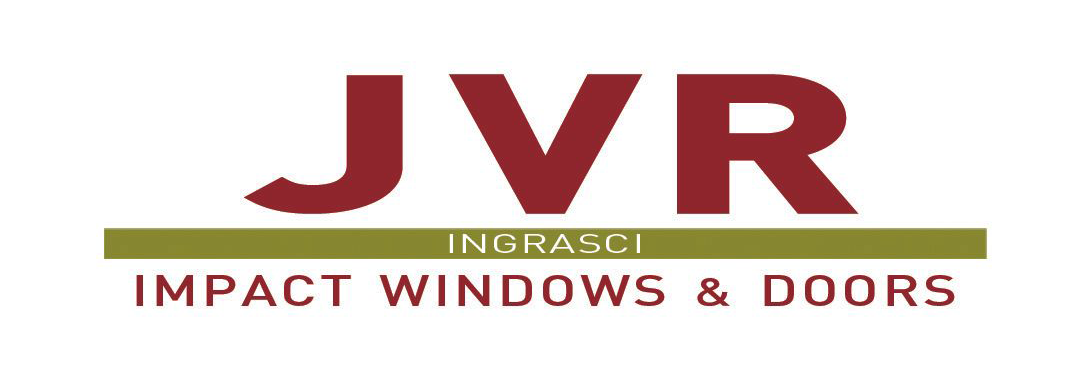
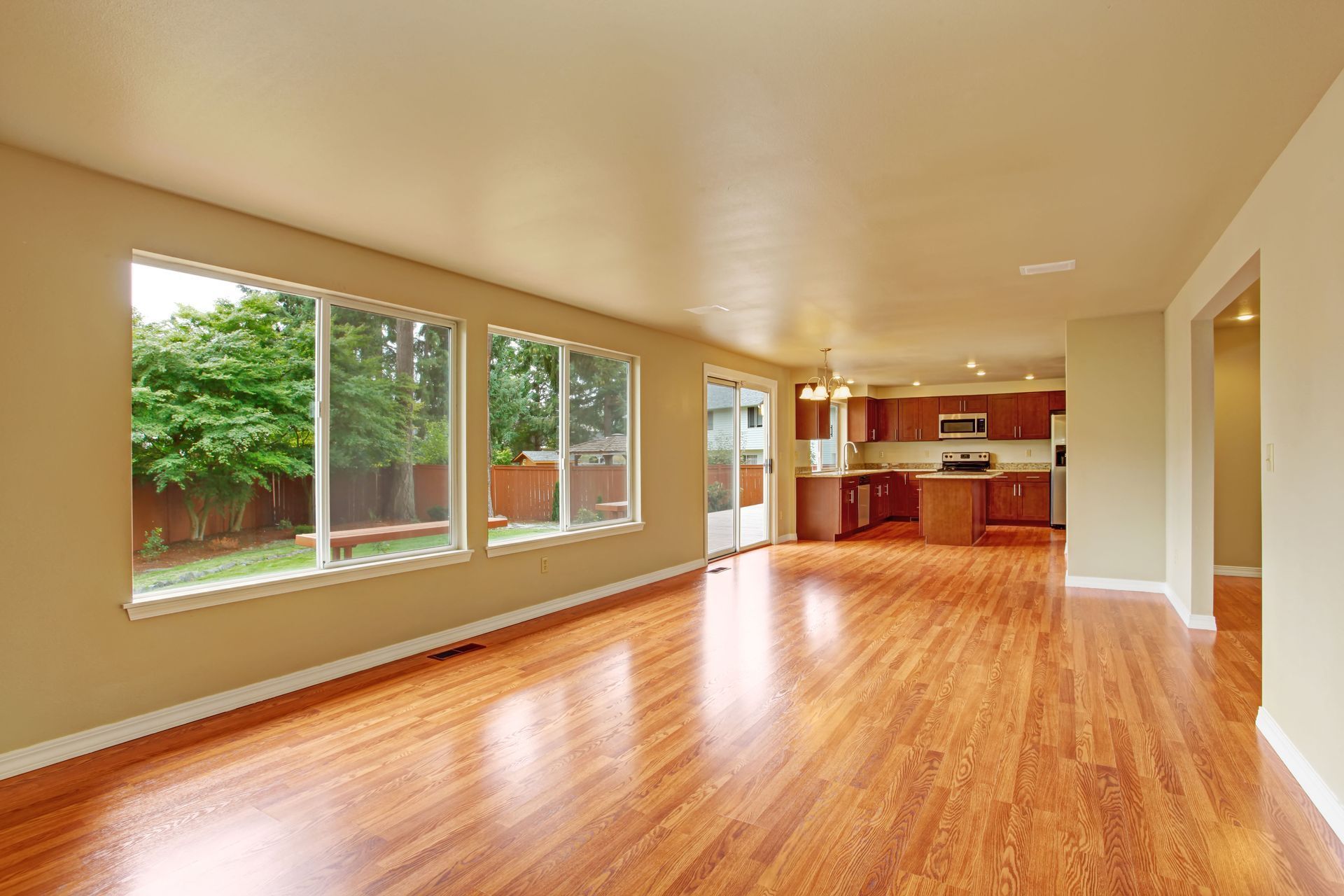
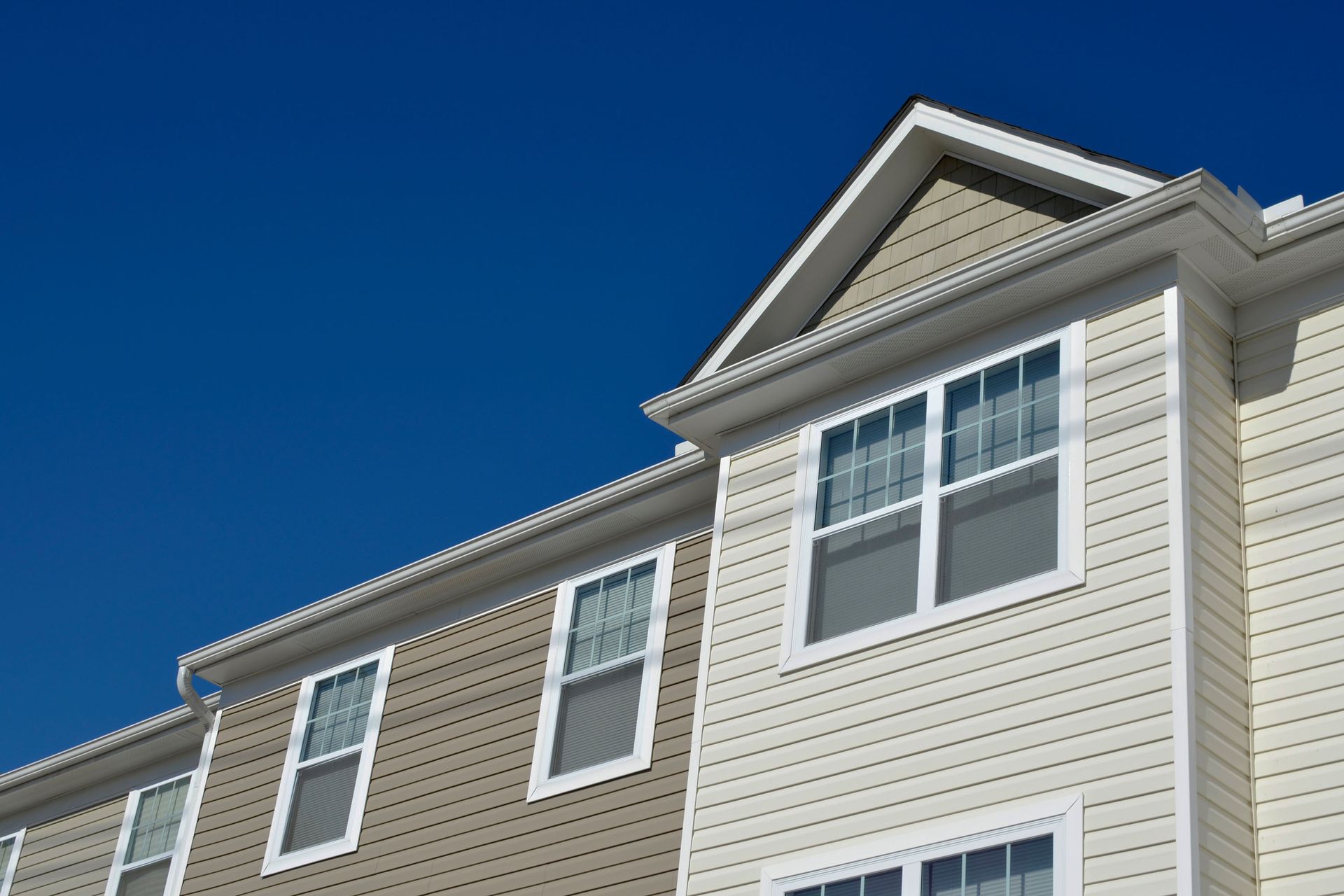
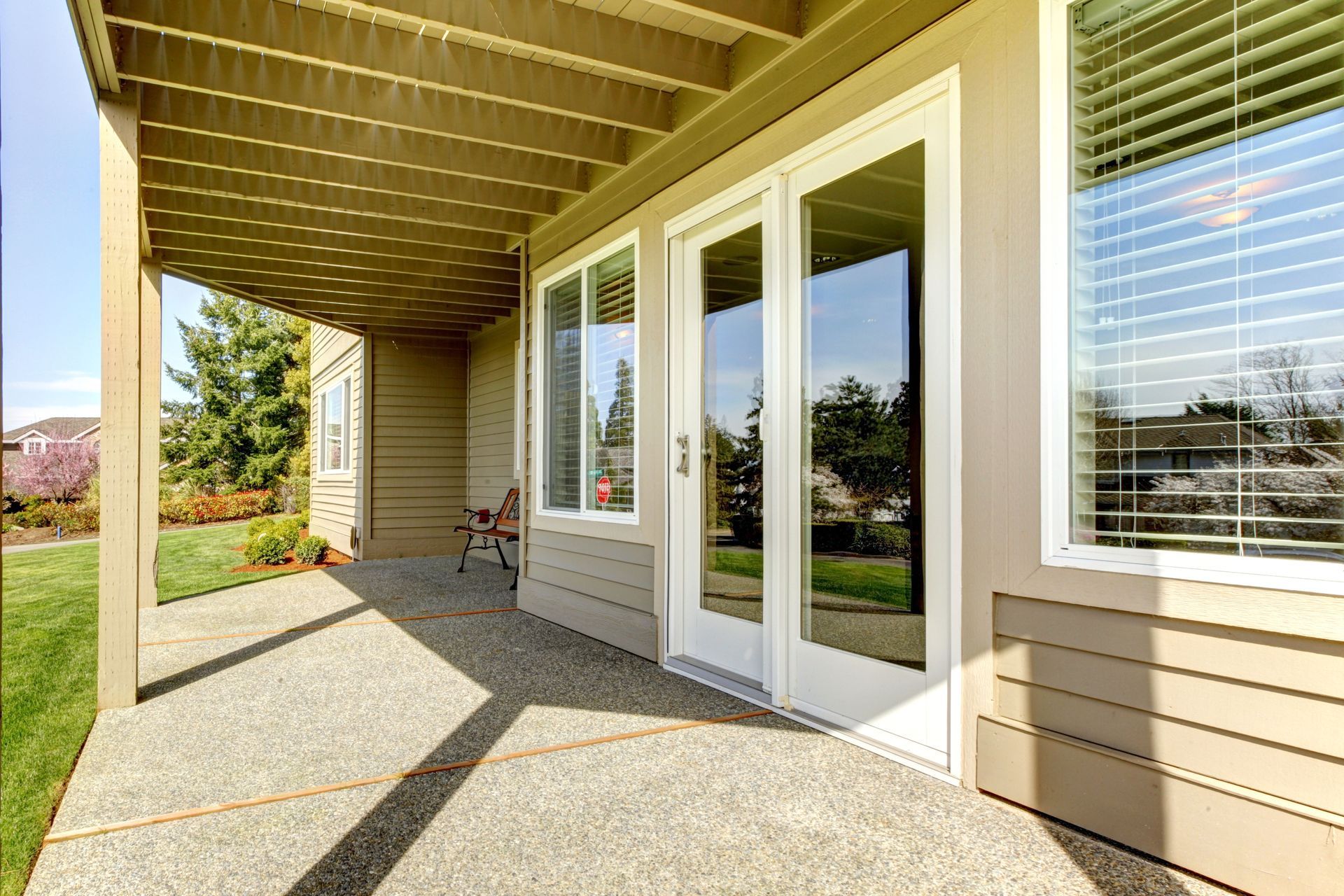
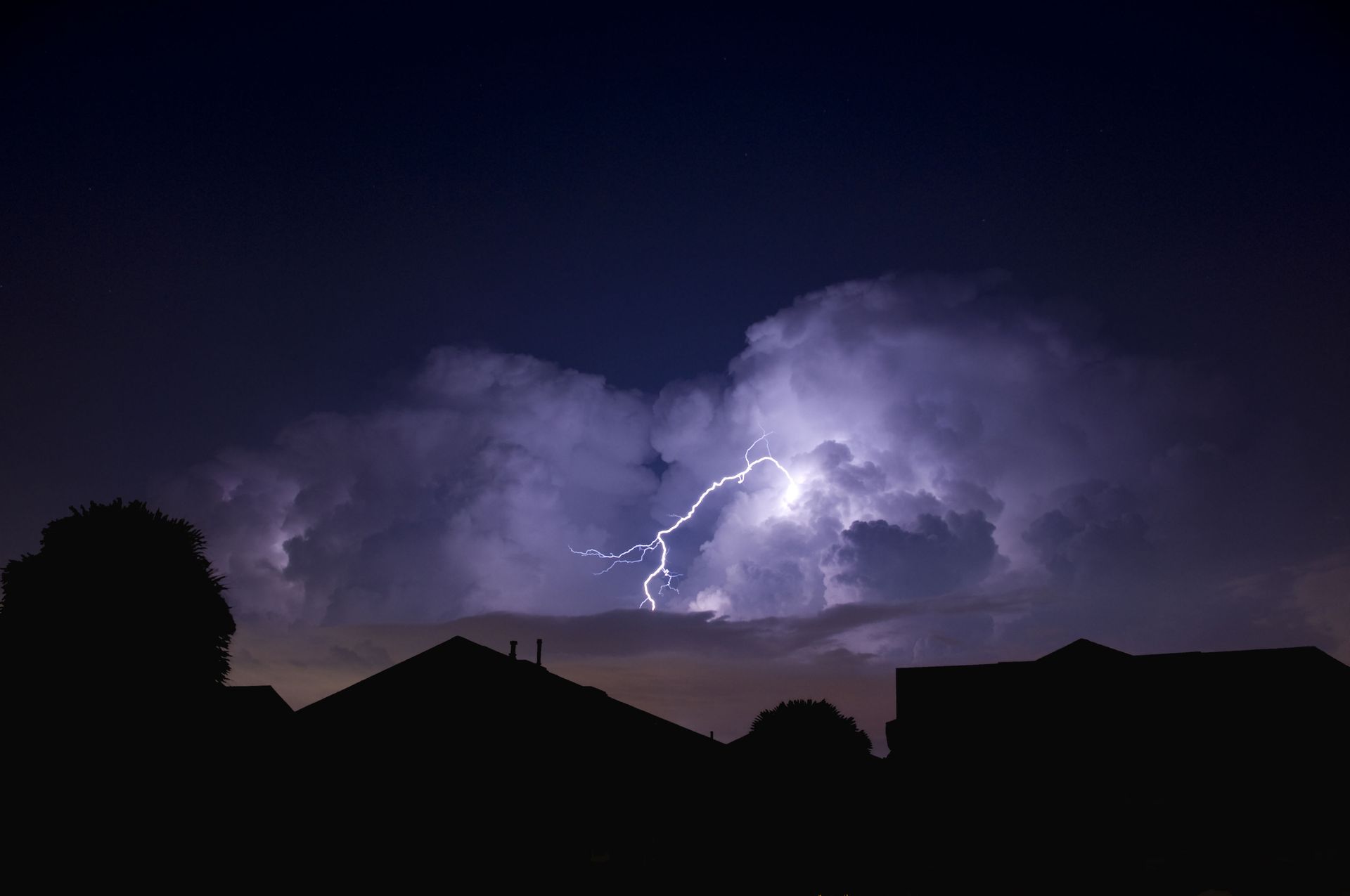
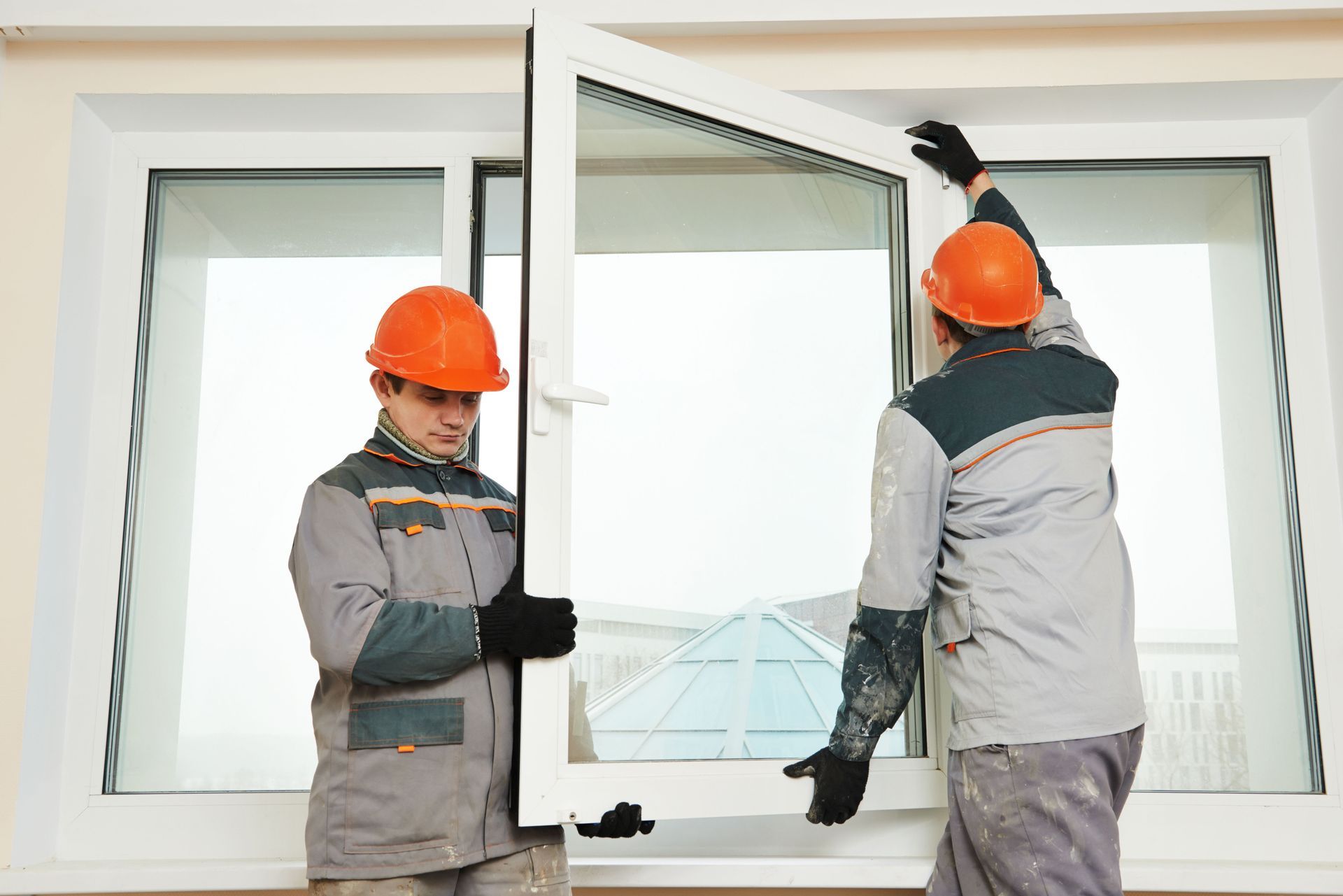
Share On: